Top 10 Must-See Japanese Sci-Fi Anime Movies
There’s a wealth of outstanding Japanese sci-fi anime films that have made a splash upon release and remain incredibly popular today.
These movies paint diverse visions of the future, exploring relationships, technology, and the unknown, offering fans much to ponder about the present and society’s hopes and fears for tomorrow.
These classic Japanese sci-fi animations not only create waves in the film and animation industry, but even change the trend of film and animation creation, becoming a milestone that influences and inspires new creations. Even after years or decades, these works can still resonate with audiences.

1. Ghost in the Shell
In a technologically advanced Japan of 2029, Major Motoko Kusanagi and her team tackle cybercrime.
Their latest threat is one of the most formidable in anime: a mysterious, rogue AI known as the Puppet Master for its habit of hacking human brains. In hunting it down, Major Kusanagi undergoes a radical transformation herself.
Ghost in the Shell is a cyberpunk masterpiece. Despite a lackluster box office run, it quickly gained a following among critics and home video viewers. It spawned more anime and influenced other famous sci-fi films like The Matrix and Avatar.
Its dark tone, exploration of self and humanity’s relationship with technology, and blend of hand-drawn animation and computer effects left a lasting impression on fans.
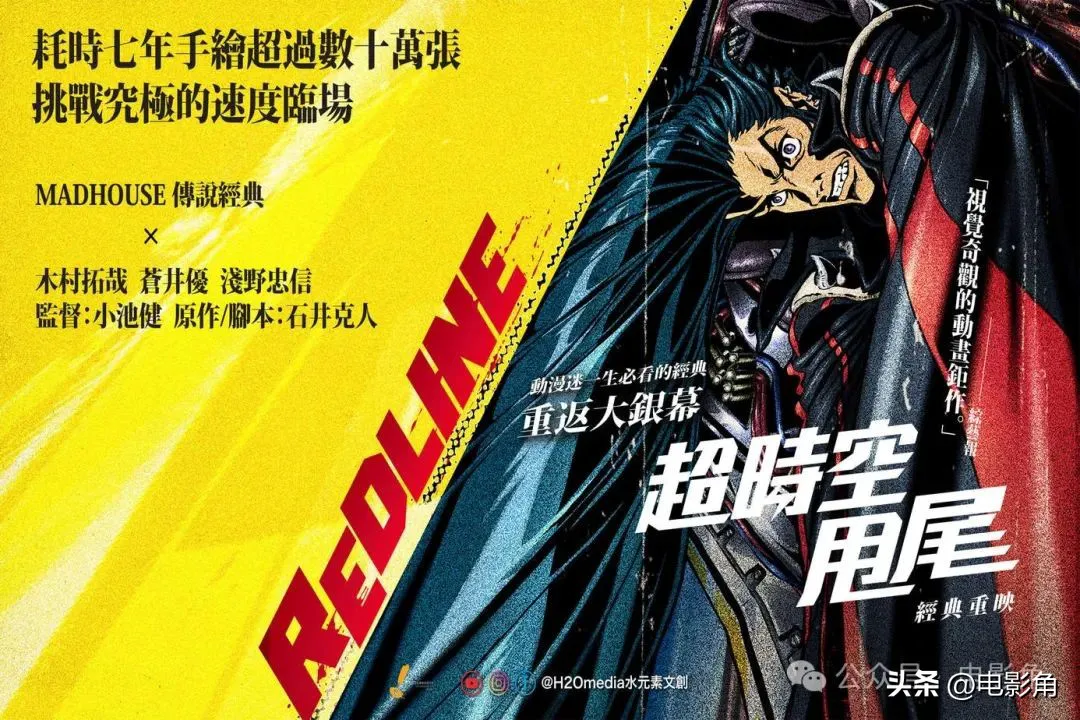
2. Redline
The Redline race is technically illegal, with the chosen host planet threatening to execute any racers involved.
But the galaxy’s most popular race must go on, and Sweet JP is determined to win. To do so, he must contend with a beat-up car, rival racers, and alien gangsters trying to sabotage them all.
Like Ghost in the Shell, Redline was a box office bomb but found success on DVD. While some may find its plot thin, it’s clear that’s not what people come for.
As one of Studio Madhouse’s finest productions, it’s beloved for its fluid, energetic animation and perfect balance of chaos, reaching a fever pitch during the climactic race.
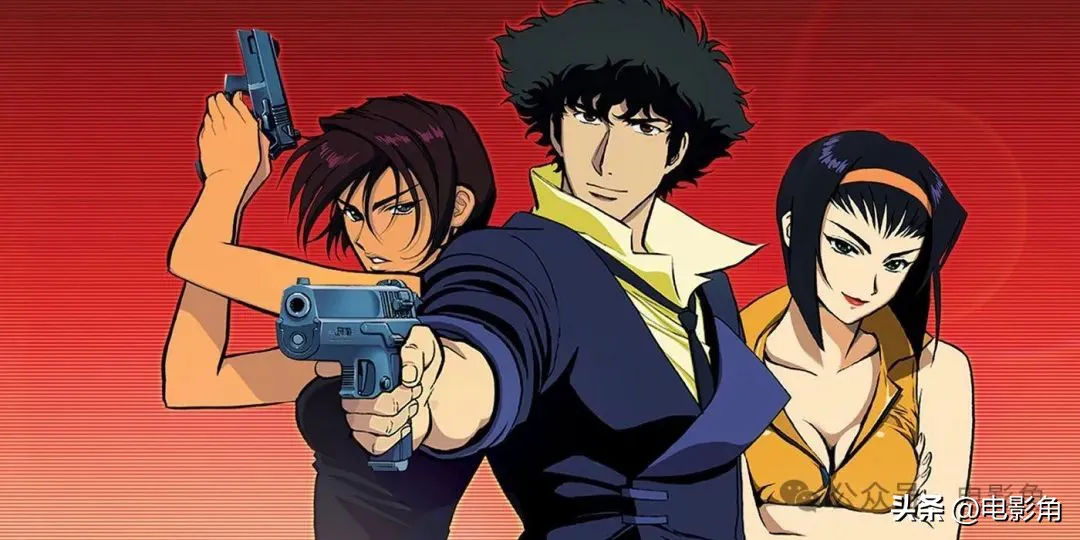
3. Cowboy Bebop: The Movie (Knockin’ on Heaven’s Door)
For viewers, the technological advancements in the solar system since Earth’s destruction are amazing, though there have been some regressions. For the crew of the Bebop, none of that matters: saving up for a cup of ramen is more important.
When a criminal releases a deadly virus on Mars, they rush to collect the bounty, only to get caught up in a struggle beyond their wildest imaginations.
Based on the 1998 anime series Cowboy Bebop, this movie embodies the show’s best qualities. The well-crafted action, rock/jazz/blues soundtrack, and signature deadpan humor are all at their peak.
Taking place between episodes 22 and 23 of the series, it shows the Bebop crew at their closest and most cooperative, right before everything falls apart.
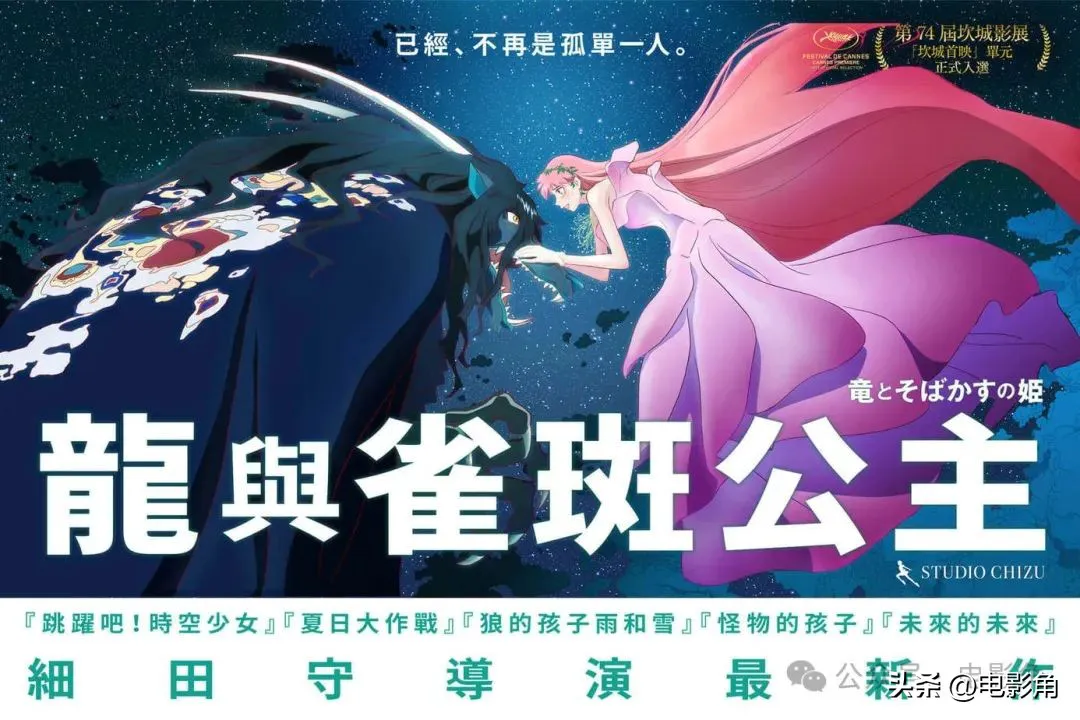
4. Belle
In real life, Suzu Naito is a shy singer, traumatized by her mother’s death and unable to pursue her dreams.
But in the virtual world of U, she transforms into the beautiful Belle and sings again. She’s also the only one who tries to befriend a dragon-like beast, whose true identity hides a terrible secret.
Belle is heavily influenced by Disney’s 1991 animated film Beauty and the Beast and the original 1740 fairy tale.
However, Mamoru Hosoda makes full use of the modern setting, telling a story of how online personas can connect people and reflect their identities through a virtual world filled with gorgeous imagery.
Belle received a 14-minute standing ovation at its premiere at the 2021 Cannes Film Festival.
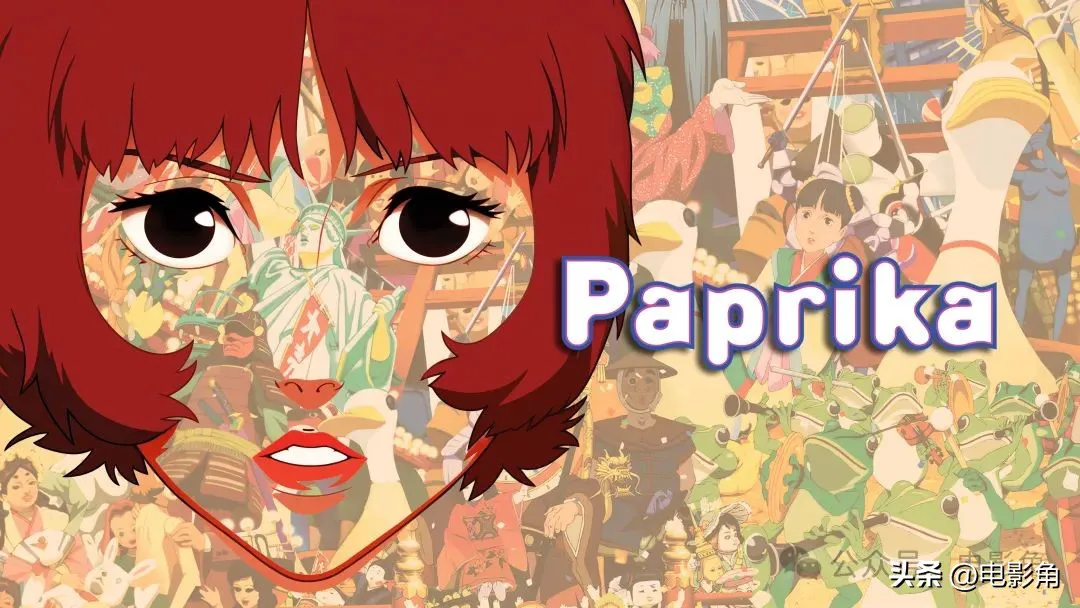
5. Paprika
Dreams are a strange and mysterious science. Dr. Atsuko Chiba and her team believe their new DC Mini device can unlock some of its secrets.
But when a terrorist steals the device and uses it to wreak havoc, they must confront their deepest psychological fears to retrieve it.
From Perfect Blue to Paranoia Agent, Satoshi Kon was a master of psychological horror. In Paprika, based on Yasutaka Tsutsui’s novel, he uses the limitless environment of dreams to create absurd and stimulating imagery.
Combined with a unique synth score, Paprika’s visuals brilliantly illustrate how the line between reality and the inner world is blurrier than imagined.
6. Promare
In the future, firefighters and fire-wielding mutants are natural enemies. At least, that’s how it starts for Galo Thymos of Burning Rescue and Lio Fotia of the Mad Burnish. But when they discover their world is built on corruption and conspiracy, they join forces to burn it all down.
As one of Studio Trigger’s finest productions, Promare is a visual feast of colliding colors and intense action.
Its animation combines the best of 2D and 3D, and its story combines the best of fantasy and technology, including the Burnish’s superpowers, Burning Rescue’s high-tech tools, and even some fun mecha, all leaving a lasting impression.
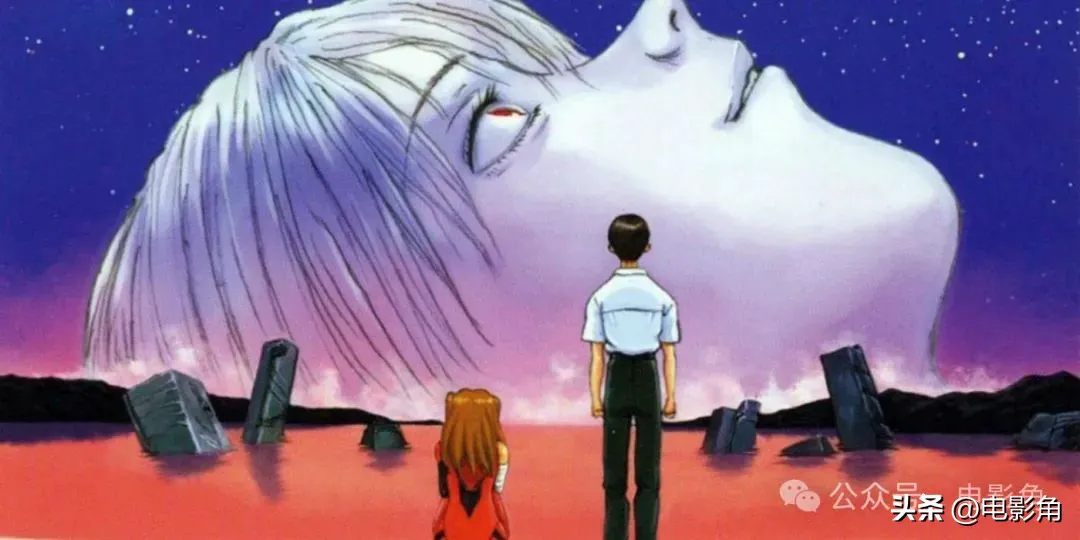
7. The End of Evangelion
With the Third Impact raging, the world is on the brink of destruction, and humanity’s fate rests on the choices of a traumatized child.
Shinji Ikari is heartbroken by his experience as the pilot of EVA Unit-01, and he’s tempted to let humanity fall and end the pain and life. But if he can find the strength to keep living, the world might be saved.
The final two episodes of Neon Genesis Evangelion were notoriously abstract. They fleshed out the show’s philosophical themes (arguably completing “A Cruel Angel’s Thesis”), but didn’t provide much closure for the characters viewers loved.
The End of Evangelion expands on Shinji’s pain, shows the terrifying glory of the Third Impact, and brings a satisfying end to all the characters’ stories.
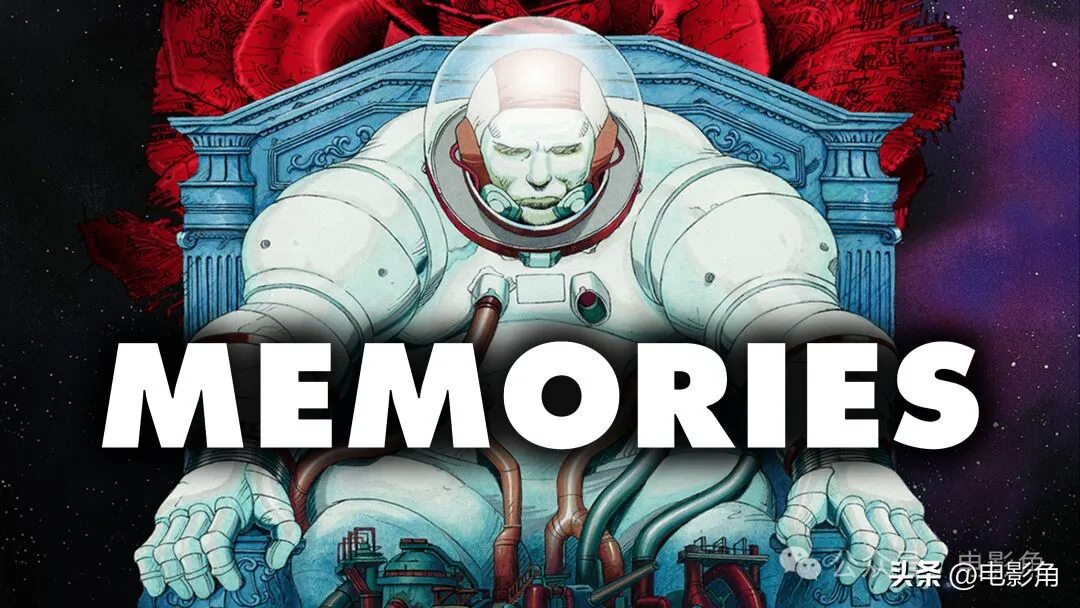
8. Memories
This often-overlooked anthology film is as worthy of attention as other famous sci-fi movies.
In three shorts, Satoshi Kon and Katsuhiro Otomo revisit themes of death, horror, and technological advancement they explored in their previous works. However, each short has a different tone, score, and animation style, creating a unique experience.
In Magnetic Rose, a group of astronauts explores an abandoned ship and soon realizes the deceased owner isn’t entirely at rest.
Stink Bomb condemns corporate poisoning of the land and people with a dark comedy story.
Cannon Fodder depicts how autocratic governments and endless war can dehumanize people through the tragedy of a boy and his father.
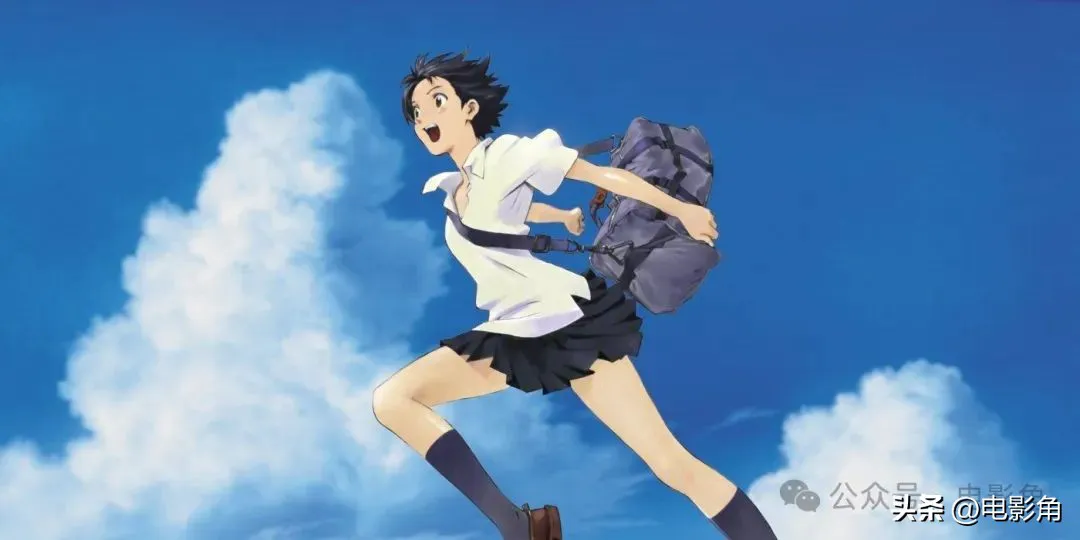
9. The Girl Who Leapt Through Time
When Makoto Konno accidentally discovers a device that allows her to leap through time, she immediately uses it recklessly for fun.
Perhaps she thought there would be no consequences, but it turns out her careless use of her powers causes unexpected and significant harm. To make amends, Makoto must learn responsibility and selfless love.
The Girl Who Leapt Through Time is one of Mamoru Hosoda’s best films and one of many adaptations of Yasutaka Tsutsui’s 1965 novel of the same name.
Hosoda’s film takes considerable liberties with the original story (for example, Makoto Konno is a new protagonist; the original protagonist is actually her aunt, Kazuko), but retains the story’s sci-fi core.
While The Girl Who Leapt Through Time isn’t as immersed in science as Tsutsui’s later work, Paprika, it similarly touches on the theme of humanity using advanced technology for good or evil.

10. Akira
Neo-Tokyo is turbulent, especially for Tetsuo Shima, a small-time member of a local biker gang. Tetsuo longs to be as strong as his good friend Kaneda, and his wish comes true in the worst way. When he’s granted devastating psychic powers, things quickly spiral out of control.
Akira is not only one of the best sci-fi anime movies, but also one of the most influential films ever made.
It not only established anime as a legitimate art form and sparked a new wave of popularity, especially in the United States, but it also became a foundational work of the cyberpunk subgenre, inspiring artists like Masashi Kishimoto, Hideo Kojima, and even Michael Jackson.
Its groundbreaking visuals and animation techniques perfectly depict a post-disaster world in collapse. In short, there’s no doubt that Akira is the best sci-fi anime movie ever made.